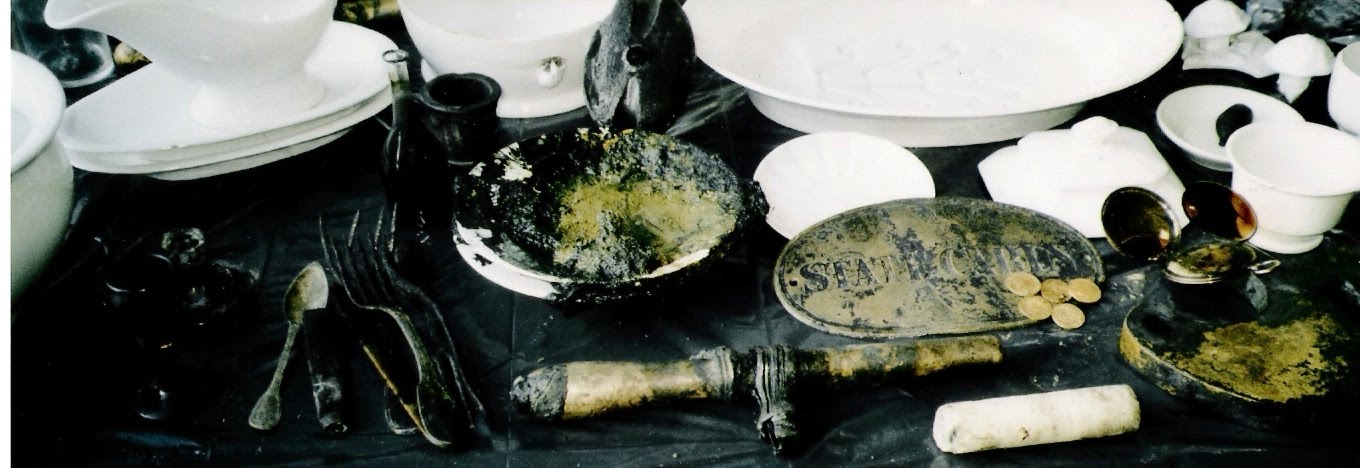By Christopher Pala (article) -
Scientists are closely examining the reefs of this island just north of Venezuela to determine why it has escaped the devastation that wiped out 85 percent of the Caribbean's corals since the 1970s.
Just in the past 30 years, coral cover in the Caribbean has gone from a healthy 65 percent to perhaps 20 percent. New diseases and algae invasions have wiped out much of the corals that stretch from the southeastern U.S. state of Florida, where the coral cover is tiny, to Bonaire, where a good portion of those last 20 percent is located. The Caribbean coast of Central America is equally damaged. Warmer, more acidic oceans predicted for the future because of climate change are expected to wreak even more devastation on the survivors. When the water gets too warm, the corals appear to beach and then usually die.Though the Persian Gulf suffered a similar fate, mostly because of oil pollution, the Caribbean is by far the largest region to have lost most of its corals, which are colonies of tiny, individual animals that, like farmers, live off equally tiny algae."This means millions of people are losing an abundant supply of cheap, nutritious fish," explains Andrew Bruckner, chief scientist of the Washington-based Khaled bin Sultan Living Oceans Foundation. In addition, he and other scientist say, corals are used for building materials, protection from waves and to attract tourists.Bonaire, in contrast, enjoys exceptionally clear water, which has made it a diving Mecca since the 1970s. In a classic virtuous circle, the local government has successfully restricted fishing to keep the fish and coral reefs in good shape and the free-spending recreational divers coming. Still, diseases prevalent all over the Caribbean have almost wiped out the elkhorn and staghorn corals that once carpeted Bonaire's shallowest parts, just off the beach, and provided habitat for myriad edible fish and crustaceans. A little deeper, many of the massive star corals, key building blocks of reefs, have suffered the same fate, but quite a few are still alive.On a recent morning in Bonaire, Bruckner, a coral scientist, laden with a scuba tank, a clipboard and measuring devices, wades into the water off one of Bonaire's deserted, unspoiled beaches, known to divers as Taylor Made.He is leading a team of a dozen colleagues on a week-long expedition to count dead and healthy corals, along with fish populations. Under water, Bruckner points to some of the last staghorns. Then we reach some giant star corals, up to six metres high, that are between 500 and 1,000 years old and he raises his thumb: they are olive green and healthy.Posted via email from
.jpg)
No comments:
Post a Comment